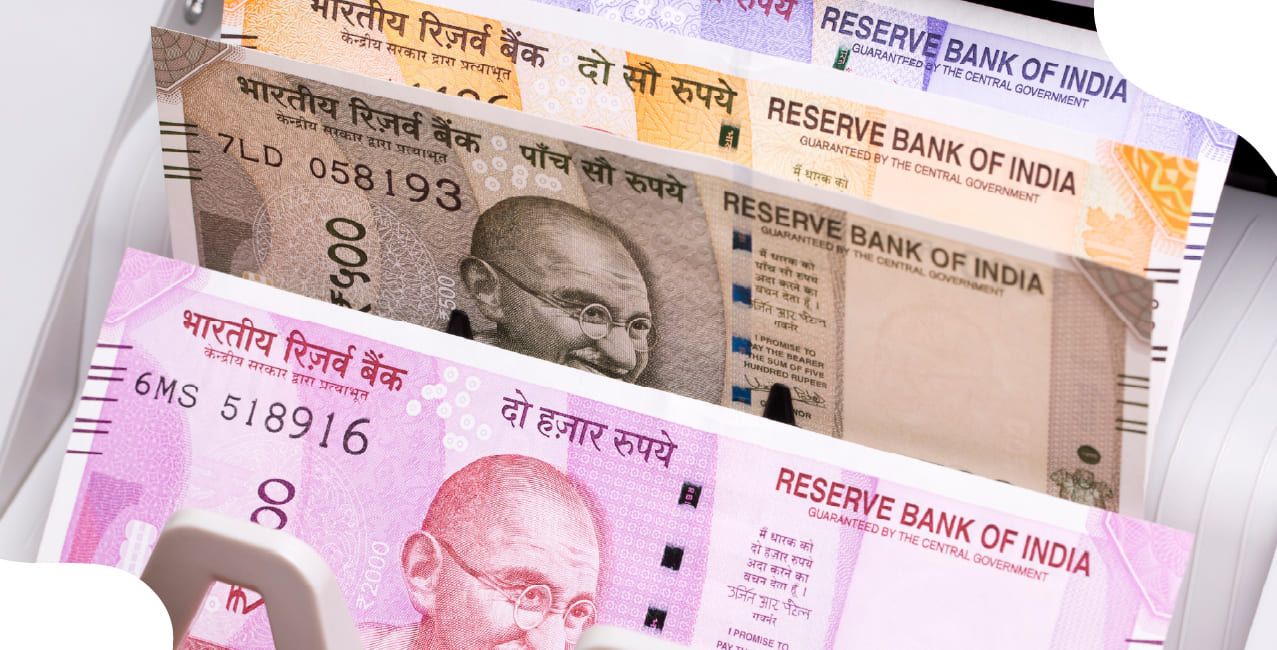
Author
LoansJagat Team
Read Time
4 Min
22 Sep 2025
Why Indian Banks Need ₹1 Lakh Crore Overnight from RBI; VRR Auction
The Reserve Bank of India (RBI) has announced a ₹1 lakh crore overnight Variable Rate Repo (VRR) auction on Monday, September 22, 2025, to address liquidity tightness in the banking system.
The auction will run between 9:30 a.m. and 10:00 a.m., with reversal the next day. This step reflects RBI’s ongoing efforts to stabilise short-term liquidity amid fluctuating tax outflows and cash demand pressures in the economy.
Understanding Why the RBI Announced an Overnight VRR?
The VRR mechanism allows banks to borrow funds from the RBI against government securities at a variable rate decided through auction. It is primarily used when liquidity in the system is tight and banks require short-term funds to maintain balance sheet health.
Last week, RBI had conducted two VRR auctions with tenures of six days and three days, receiving lower-than-expected participation. While the six-day VRR saw bids worth ₹59,967 crore against the notified amount of ₹1 lakh crore, the three-day VRR received just ₹390 crore against a notified ₹50,000 crore.
Such tepid participation showed that banks were cautious in borrowing for longer periods. Hence, RBI opted for an overnight VRR, giving lenders a quicker and more flexible option to borrow and repay funds, aligned with their immediate liquidity needs.
Liquidity Trends and Systemic Pressures
India’s banking system has been under liquidity strain due to heavy tax outflows in September. Liquidity dropped sharply from ₹1.9 lakh crore surplus on September 15 to just ₹72,774 crore by September 18. This rapid depletion triggered the need for RBI intervention.
To provide context, here is a comparative table of liquidity levels around the announcement:
The table highlights how liquidity levels plummeted within just three days. The RBI’s move to announce an overnight VRR is clearly aimed at plugging this gap swiftly and ensuring banks don’t face a funding crunch.
How Does a VRR Work and Why Is It Crucial?
The VRR auction works like a short-term loan window. Banks place bids with RBI for funds, quoting the interest rate they are willing to pay. The RBI allots money to the highest bidders until the notified amount is exhausted.
For example, if the notified auction size is ₹1 lakh crore and Bank A bids ₹20,000 crore at 6.65%, while Bank B bids ₹40,000 crore at 6.70%, and Bank C bids ₹50,000 crore at 6.68%, RBI will allot funds based on these rates, generally starting from the highest rate until the notified size is filled.
By adjusting liquidity through VRRs, RBI controls short-term interest rates and ensures banks have the funds to meet credit demand, payment settlements, and regulatory requirements.
Impact on Banks and Markets
For banks, access to overnight VRR funds reduces the need to borrow at higher rates in the interbank market. This helps them manage deposit outflows and continue lending smoothly. For bond and money markets, such operations signal RBI’s intent to keep systemic liquidity balanced.
A healthy liquidity environment is critical ahead of the festival season, when consumer spending and credit demand typically surge. If RBI had not stepped in, tight liquidity could have led to a spike in overnight call money rates, affecting borrowing costs across the system.
Comparing Overnight VRR with Other Tools
RBI has several tools to manage liquidity, including Fixed Rate Repo, Reverse Repo, and longer-term Variable Rate Repos (such as 7-day, 14-day, or even 28-day). The overnight VRR stands out because of its immediate effect and quick reversal.
Here is a comparison:
The table shows that the overnight VRR is a tactical measure, designed for sudden liquidity shortages rather than structural imbalances.
Conclusion
The RBI’s decision to conduct a ₹1 lakh crore overnight VRR auction reflects its proactive stance in managing liquidity stress in the financial system. With tax outflows and festival season cash demand putting pressure on banks, this step is expected to ease short-term borrowing costs and provide stability to money markets.
While the measure addresses the immediate crunch, analysts believe sustained monitoring will be necessary in the coming weeks. If liquidity continues to tighten, RBI may resort to additional VRRs or even longer-tenure repos. For now, however, the overnight VRR serves as a timely cushion, ensuring India’s banking system remains resilient and credit flows uninterrupted.
Other News Pages | |||
About the Author

LoansJagat Team
‘Simplify Finance for Everyone.’ This is the common goal of our team, as we try to explain any topic with relatable examples. From personal to business finance, managing EMIs to becoming debt-free, we do extensive research on each and every parameter, so you don’t have to. Scroll up and have a look at what 15+ years of experience in the BFSI sector looks like.

Quick Apply Loan
Subscribe Now
Related Blog Post

LoansJagat Team • 10 Jun 2025

LoansJagat Team • 06 Jun 2025

LoansJagat Team • 22 Sep 2025